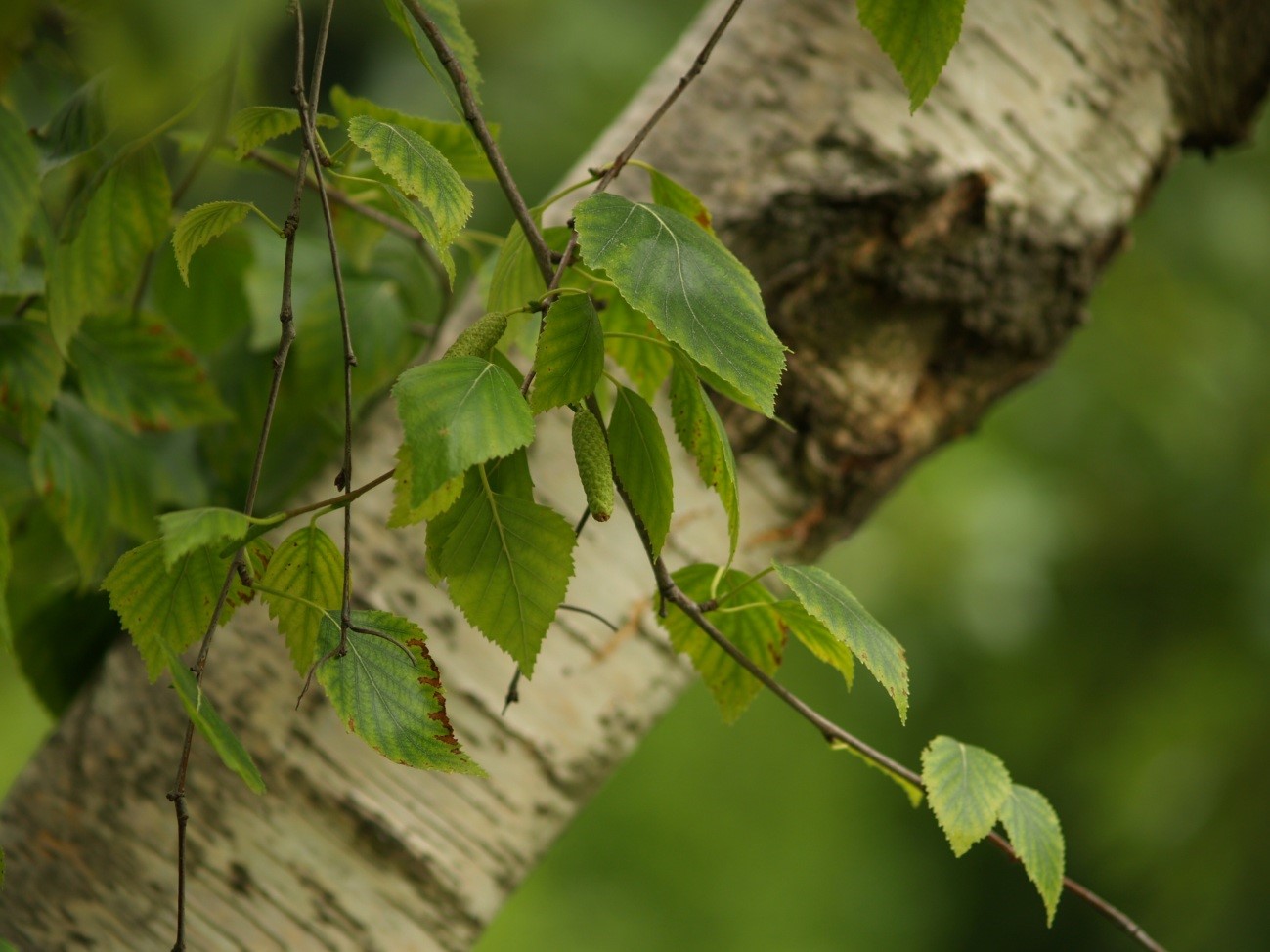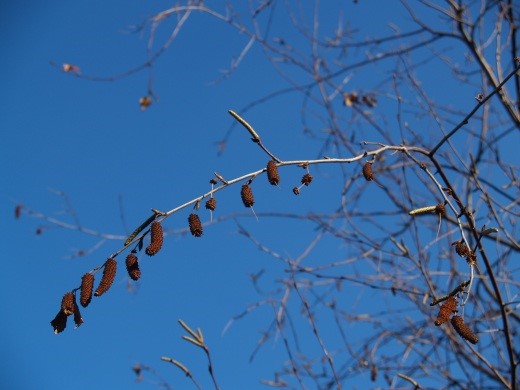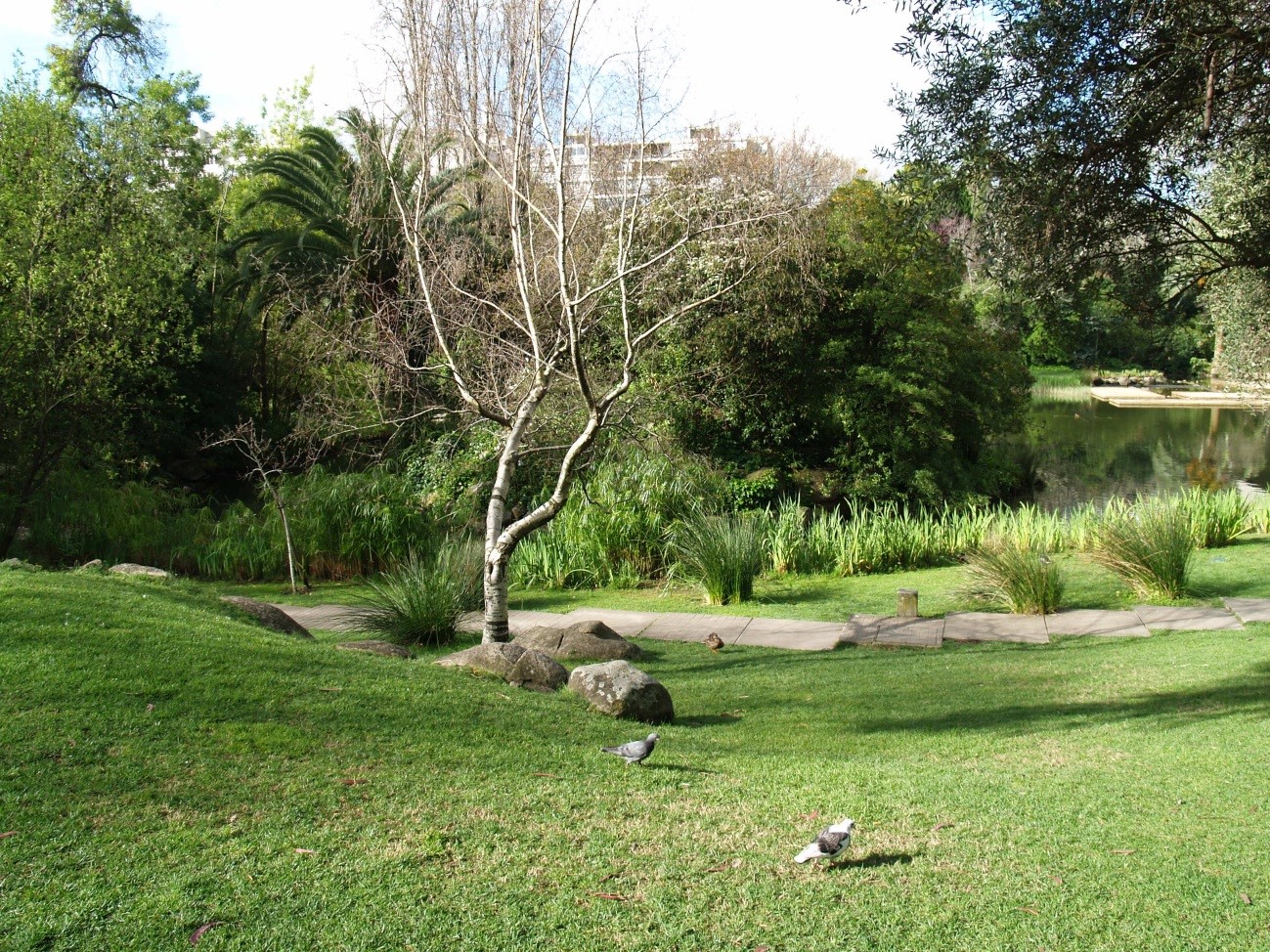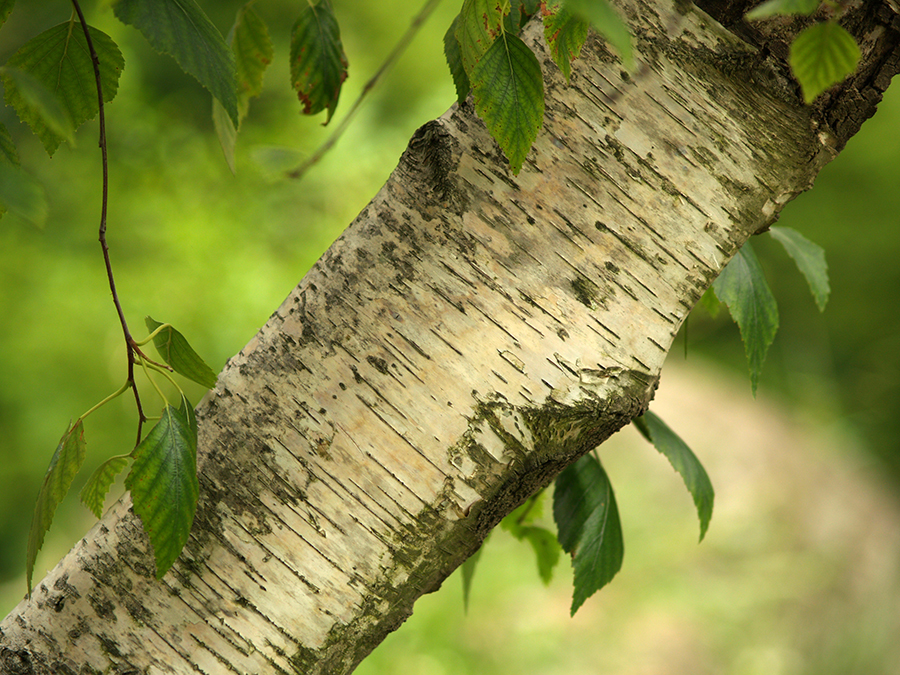
Birch
Betula celtiberica
Family and description
From the Betulaceae family, the birch is one of the most beautiful trees in the highlands of Portugal.
It generally reaches a height of 20 m and with a longevity of about 100 years.
It is a deciduous tree with a white trunk and a conical/pyramidal crown.
The bark resembles silvery white skin.
Its leaves are ovate to triangular, irregularly toothed and acuminate, about 3 cm long.
Flowering takes place from April to May. Being a monoecious tree, its masculine flowers are arranged in yellowish-green catkins, 3 to 6 cm long; the female inflorescences grow from the axils of leaves, from the same branches and are upright and green.
The fruits are winged seeds to facilitate wind dissemination, tiny samaras with longer wings than body.
The annual fructification is very abundant between July and September in trees older than 10 years.
It is able to reproduce both sexually and asexually (from cuts).
Origin and habitat
It originates from the Iberian Peninsula, spontaneous in the northeast of Trás-os-Montes, Montesinho and Serra da Estrela. It appears in bogs and on the banks of water courses, forming small forests.
It is a species of bright light, intolerant to shade and inhabits humid climates, such as the Atlantic, humid continental climates and mountains, where temperatures are not very high. It requires high ambient humidity for most of the year. It adapts very well to altitude and has good resistance to frost and intense cold.
It is a fast-growing tree, fairly rough and non-demanding on soil quality, tolerating poor, acidic or sandy soils, except limestone. It has a shallow and horizontal root system.
Uses and curiosities
Often having a role of colonizer, it improves the characteristics of the soil thus creating conditions for the future installation of other species.
This tree produces substances with medicinal properties. It also provides a large number of useful products such as birch essence and the sap of some varieties is used as a beverage.
In ancient times, part of its bark was used as paper.
Its wood is light-coloured, white to yellowish white, homogeneous and of fine grain. It has good mechanical characteristics for lathes and joineries although it is rarely used in Portugal.


